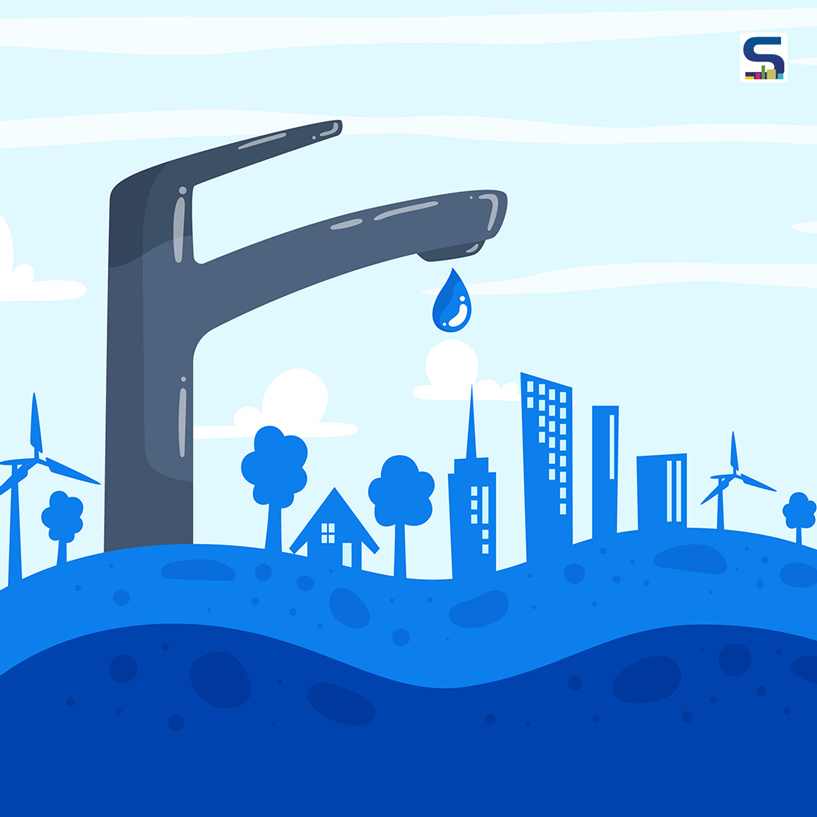
The water crisis in Bengaluru has deepened forcing the state government to adopt stringent measures. While on one hand families are being fined for wasting water while on the other, builders have been instructed to use on 'environment-friendly' water for construction. A report by SURFACES REPORTER.
Why there us no Water in Bengaluru?
The groundwater resources in Bengaluru are quickly diminishing. According to the reports, the deficit in monsoon rainfall in 2023 has kept supply from the Cauvery River low, and dried up almost 7,000 of the city’s approximately 14,700 borewells. Early in March, the city’s water supply from the river and borewells crashed by 50% causing the authorities to take some stringent measures.
According to the recent developments, Bengaluru's Water Supply Board Chairperson Ram Manohar, in a meeting with building owners and construction contractors, have instructed to use ‘environment-friendly water’ for construction work.
As per the media reports, the water supply board held the meeting with groups and individuals constructing buildings above 20,000 sq ft in the city as they have been asked to use ‘purified environment-friendly water for construction work’.
Meanwhile the Bengaluru Water Supply and Sewerage Board has banned the use of potable water for non-essential purposes — including car washing, gardening, construction, water fountains, and road construction and maintenance. Those found violating the prohibitory order will be fined ?5,000.
Following the orders, as many as 22 families in Bengaluru were fined ?5,000 each for using Cauvery water for non-essential purposes. According to some media reports, the Bangalore Water Supply and Sewerage Board (BWSSB) collected ?1.1 lakh as a fine collectively in the last few days.
Karnataka Chief Minister Siddaramaiah had earlier said the tech city is facing a shortage of about 500 million liters of water per day (MLD) against the requirement of 2,600 MLDs and officials have been directed to meet daily and draw up an action plan to tackle the water scarcity.
Situation around the country
The city of Bengaluru may not be the sole victim of the deepening water crisis as ahead of the summer season, the live storage capacity in India's 150 primary reservoirs stands at just 38 per cent of their total capacity. The current capacity is 84% of the storage during the same period last year and 93% of the average storage over the past decade.
Several other states, including Himachal Pradesh, Punjab, Madhya Pradesh, Tripura, Rajasthan, Bihar, Maharashtra, Uttar Pradesh, Gujarat, Chhattisgarh, Andhra Pradesh and Telangana (two combined projects in both states), and Tamil Nadu, also reported lower storage levels compared to last year.
According to the official data, the total live storage capacity of these 150 reservoirs is 178.784 BCM, which accounts for about 69.35% of the nation's total live storage capacity estimated at 257.812 billion cubic metres. According to the recent reservoir storage bulletin, the live storage available in these reservoirs is 67.591 BCM, representing 38% of their total live storage capacity which showcases the dwindling situation.
(With inputs from